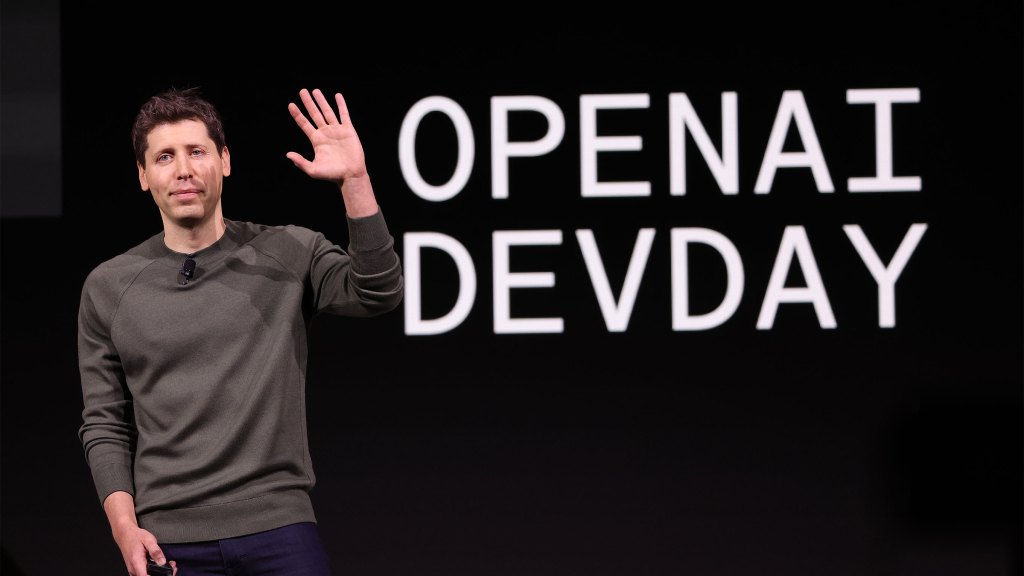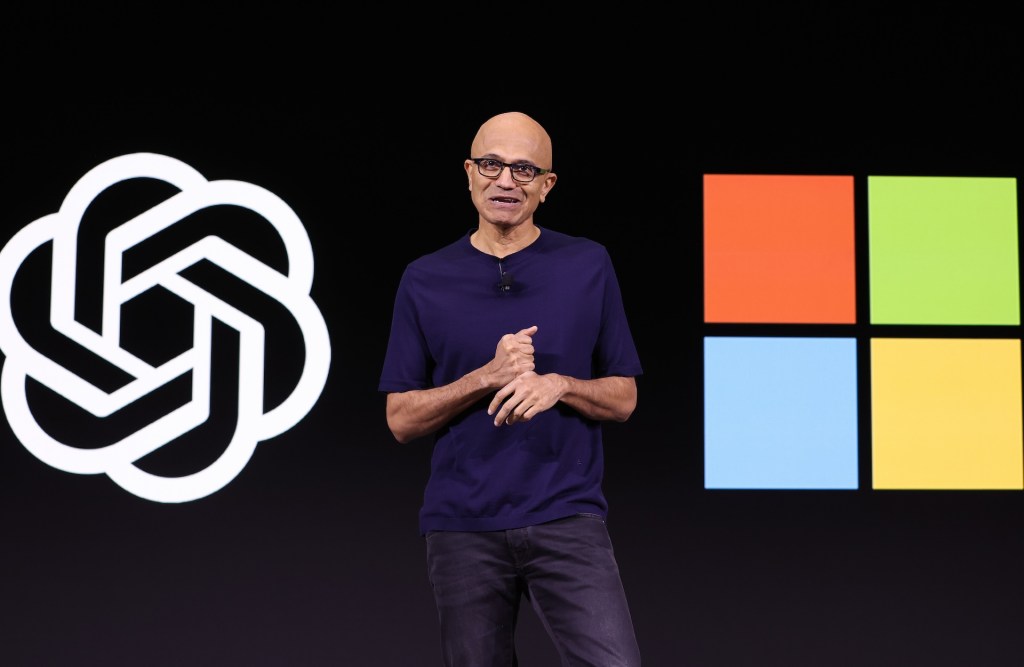The World Economic Forum predicts that 50% of our global workforce needs reskilling in the coming decade. This prediction prompts the question of how effective our reskilling efforts are today and whether we can effectively apply those techniques on such a large scale. This article will review the status quo on reskilling before introducing an exciting new Dutch player on the block: KIMO.
The status quo of reskilling attempts
Due to the internet revolution, online learning today is cheaper than ever. There is an abundance in online learning content for nearly every knowledge domain imaginable. Not surprisingly, KIMO research indicates that people spend on average 5 hours per week (260 per year) ‘on the web with the intent to learn’, a number that overshadows the time spent on in-company training (10-20 hours per year). To facilitate the journey for online students, content aggregators like EdX, Coursera and Udemy have brought content from many educators onto single platforms.

This trend sounds promising, but there is a catch. Learning platforms today mostly sell MOOCs — Massive Open Online Courses — as a preferred way of studying. MOOCs are modeled after classic university courses, and are relatively easy to package, promote and sell. Their price points can range from 9,99USD for a course on Udemy to over 20.000USD for an online MSc degree. However, only 14% of online students consider MOOCs as their preferred content type for learning online. What’s worse, MOOCs see a 95% dropout — with 52% of users never showing up after signing up. These numbers haven’t changed in recent years. Additional research into why online learning through MOOCs is challenging reveals more details: people often struggle to find direction, lose focus after a while, mention time issues, and see little relation between the content presented and their work environment. Strategically, MOOC providers are slowly diverting from their original ‘education for all’ promise and are now pivoting to sell more expensive courses as these products provide better margins.

Meet KIMO, the Dutch firm that reimagined learning
Meet KIMO, the Dutch AI firm that set out to reinvent online learning. The firm, just 2,5 years old today, was founded by two Harvard graduates who met in Boston during an executive MBA. Both lifelong learners, they realized that something had to change drastically to effectively reskill the world population at scale. They set out to build the next revolution in education: providing personalized, continuous learning at scale, using all the learning content on the web.
“We realized that content is a commodity, as users we interviewed spent just 24 cents per hour of online study. However, they weren’t satisfied with the experience. Many users searched for direction, disengaged quickly, and didn’t believe their efforts would actually improve their life over time. They were missing guidance: knowing what to do, when, and why.” – Rens ter Weijde (CEO, KIMO)
KIMO, a name with Hawaiian origins, was built to provide guidance in the world of work in the 21st century. Realizing that MOOCs only appealed to some people, the founders set out to include other content formats (articles, videos, podcasts etc.) at every price point. Today, the KIMO system is able to self-organize the content into coherent topics and sub-topics, providing users with an instant overview of the domain and a choice on topics to include/exclude. Content can be personalized using filters for preferred content type, difficulty level, price point, content length, favourite industry and favourite sources.
The platform comes with some neat tricks that might well become the new standard in online learning. Examples include an AI mentor that’s available 24/7 to answer all domain-related questions, a note-taking system that stores notes related to the content the user was consuming, a separate tab with the latest news on the domain the user is studying and automated summaries for every article shown. To facilitate habitualization of learning, users can set personal emails (e.g. receive a top-5 recommendation at 0800 in the morning). This is not all, by the summer the team expects to have built the next-level intelligence behind the system: this system will allow for fully personal journeys from job (e.g. ‘accountant’) to job (e.g. ‘data scientist’).

The strategy: user centric, scalable, focused on habits
From day one, it was clear that KIMO did not set out to be another content company. Instead, the firm competes on intelligence, and aims to be the spider in the web that truly understands how people can best learn new materials online. The strategy contained principles that are worth highlighting:
Be user-centric instead of content-centric
Building the smartest learning platform on the planet requires learning from users. Therefore, the company was designed to be user-centric at its core. This meant controlling the interface, a strong focus on UI/UX, lots of user testing, instant feedback lists on the platform, and rapid iterations on the product.
Ensure universal scalability
Given the scale of the challenge, the team felt that a fully scalable solution was desirable. Thus, the system had to be designed in a modular way that would allow it to scale to any knowledge domain, in any country. Krishna, CTO at KIMO, remembers receiving a target to ‘model any knowledge domain in less than a week’. This was a significant constraint for the designers of the software, as it eliminated all manual attempts to model knowledge domains.
Focus on habitualization
The founders believed that effectively learning is like going to the gym: it needs to have a certain rhythm and frequency to succeed over time. The time to learn once is over, continuous learning is the future.
A look under the hood
The beauty of KIMO is how it works under the hood. As is common in the deeptech space, many of the technical problems the team faced had never been solved before. Two of the team’s solutions stand out: understanding a knowledge domain, and linking learning content to specific jobs in the labour market.
To understand a knowledge domain in detail, e.g. Finance, the engineers at KIMO relied mostly on transformer models and graph representations. Traditionally in education, domain experts would come together to map knowledge domains into taxonomies, which were then used to structure the educational approach. The team felt that this manual approach was expert-heavy, not scalable, often subjective, and not granular enough to provide precise recommendations. Importantly, if the skills demanded in the workforce would change, the taxonomy would have to be redesigned. Therefore, the team decided to reverse the approach entirely and learn the structure of these knowledge domains bottom-up from the web. Utilizing the latest techniques in the AI-field, they were able to build highly detailed knowledge graphs that capture the structure of knowledge domains in great detail. These knowledge graphs allow very precise recommendations for users. An example graph can be found here.
“Fixed taxonomies have very limited value in the world today. What people need to learn depends on the context they’re in, and times can change quickly. We needed something more flexible and scalable. The graph presentations we’re using today are set up to be fully automated, from the web crawlers to the final recommendations for users.” – Krishna Deepak Nallamilli, CTO
When it became clear that many online students didn’t connect their learning efforts to value in the jobs market, the team realized they had to establish a direct connection. The logic they used was simple: jobs are made up of skills, so teaching people the right skills should make them more employable. But there was a hidden challenge: there was no fixed list of skills. To make matters worse, the terminology used can differ per country and organization.
Again, the team decided to abandon existing ‘fixed’ taxonomies (e.g. ESCO, O*Net) and instead build a jobs database ‘bottom up’ from the web. They used tens of millions of job postings on the web in order to recognize ~50,000 skills in every one of them. This dataset was then enriched with additional insights relating automation risk and salaries per region. The database built this way is highly precise, real-time, and fully automated; and can be connected directly to the graphs representing learning content. An example of skills recognition per job can be seen here.
Meet the founders
KIMO was founded by Rens ter Weijde and Krishna Deepak Nallamilli. Rens ter Weijde (36, Amsterdam), wanted to leave the consultancy lifestyle. He found his new passion in AI, and studied the subject extensively, doing over 40 courses in the process. This way, he realized first-hand how difficult it was to truly master a new domain from scratch by patching different courses from different providers together. The experience formed the basis for the company.
“I realized that to learn effectively, you need sequential predictions. The complexity of the recommendations we needed was a factor more complex than simply recommending content for a single moment, say Friday night. However, if you crack the code, you can piece together entire learning paths — also paths with only free material.” – Rens ter Weijde, CEO
Rens met Krishna Deepak Nallamilli (35, Hyderabad) at Harvard. Krishna grew up in the education business in India, working for Aditya, the home of 70,000 students per year. Krishna started thinking about better ways to educate people at scale early on, and saw the EdTech market growing in India first-hand. When he met Rens in class, he realized that ‘this guy might be crazy enough to come up with something’. He invited Rens to start a company together, where Rens would be CEO and he would join as CTO.
The nature of the challenge quickly attracted a group of high-end developers with PhDs in machine learning, highly motivated to have a go at the problem. Team members were selected on intellectual rigour, as well as the ‘grit’ to persist in solving problems that may need many attempts. Today, KIMO is part of programs at startup programs in Google, AWS and Microsoft. The first version of the solution can be tested here. Subscriptions are free until June this year.


































